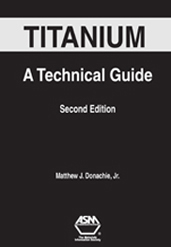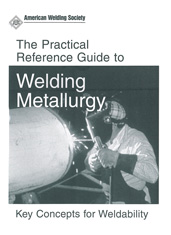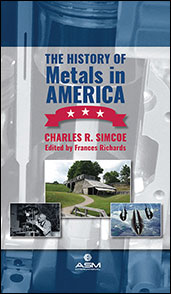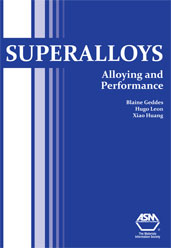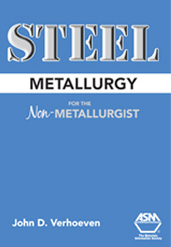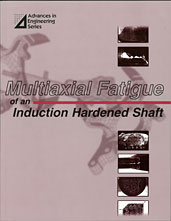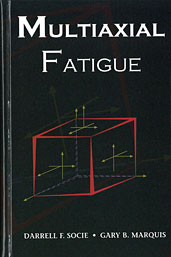Book

Vehicle Noise, Vibration, and Sound Quality
2012-04-04
This book gives readers a working knowledge of vehicle vibration, noise, and sound quality. The knowledge it imparts can be applied to analyze real-world problems and devise solutions that reduce vibration, control noise, and improve sound quality in all vehicles—ground, aerospace, rail, and marine. Also described and illustrated are fundamental principles, analytical formulations, design approaches, and testing techniques. Whole vehicle systems are discussed, as are individual components. The latest measurement and computation tools are presented to help readers with vehicle noise, vibration, and sound quality issues. The book opens with a presentation of the fundamentals of vibrations and basic acoustic concepts, as well as how to analyze, test, and control noise and vibrations. The next 2 chapters delve into noise and vibrations that emanate from powertrains, bodies, and chassis.

